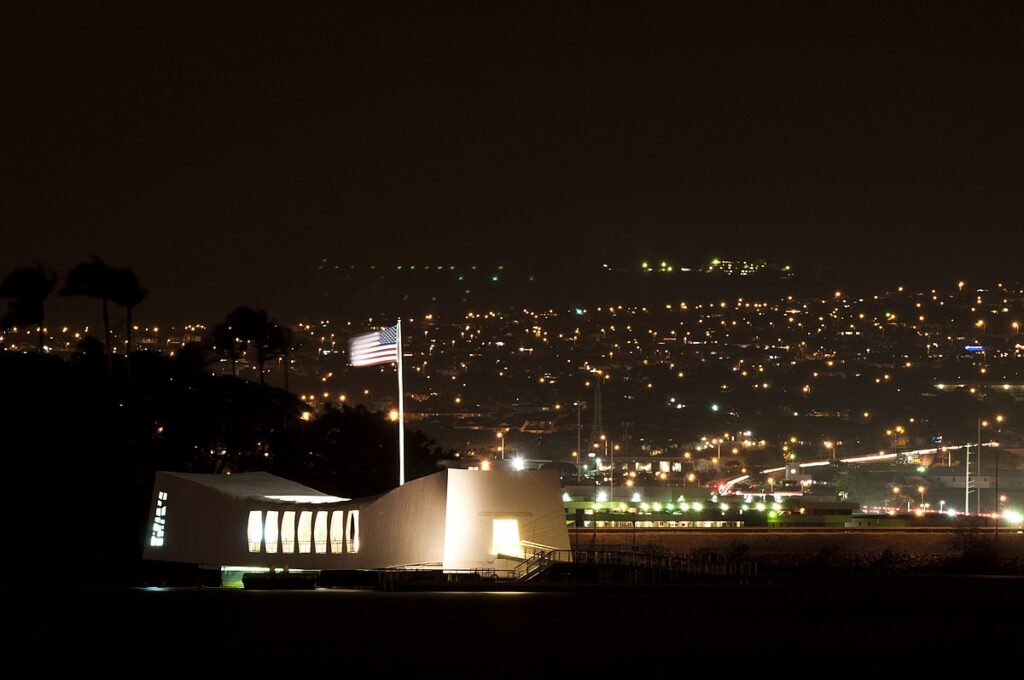
Moving to Pearl City, Hawaii: A Comprehensive Relocation Guide
Considering moving to Pearl City, Hawaii? This central Oahu community offers affordable living, military proximity, and family atmosphere. With approximately 46,000 residents in 2025, Pearl City combines working-class character with convenient location and Oahu’s most accessible suburban community.
Demographic Profile to Consider If Moving to Pearl City:
Pearl City’s 2025 population is approximately 46,000 residents in this central Oahu community adjacent to Pearl Harbor. The median age is around 42 years, with working families, military personnel, local residents, and retirees. The population is approximately 50% Asian, 18% Two or More Races, 15% White, 12% Native Hawaiian and Pacific Islander, 3% Hispanic. Pearl City features primarily residential neighborhoods, Pearlridge Center (major shopping mall), and suburban character serving as bedroom community for Pearl Harbor and Honolulu workers. The area attracts military families, working-class residents, and those seeking affordable Oahu living with central location. Pearl City values family atmosphere, diversity, local culture, and accessibility. Find trusted local services for moving, living, and working in Pearl City.Pearl City Relocation Directory
Cost of Living to Consider If Moving to Pearl City:
Pearl City offers Oahu’s most affordable housing options. Median home values range from $700,000 to $950,000 in 2025, lower than Honolulu or windward communities while providing central location. The median household income is approximately $85,000. Rental properties average $2,300 to $3,200 monthly. Hawaii has high excise tax (4.5%). Overall cost of living is very high by mainland standards with expensive groceries, costly gas, and high utilities, but Pearl City provides relative Oahu value. The community attracts working families, military personnel (BAH helps), and those prioritizing affordability over beachfront or prestige locations. Housing costs remain extreme though lowest among Oahu suburban areas. The central location and practical character create accessibility.
Economy and Job Market:
Pearl City residents typically work at Pearl Harbor Naval Base, other military installations, in Honolulu, or at Pearlridge Center. The proximity to Pearl Harbor creates significant military employment. Many residents commute to downtown Honolulu or work throughout Oahu. Pearlridge Center provides retail employment. Healthcare and services support the residential population. The broader Oahu economy offers opportunities. Typical commute times to Pearl Harbor are minimal, to Honolulu 20-35 minutes. The community serves primarily as residential supporting military and working families. Many residents work multiple jobs to afford island living.
Education:
Hawaii Department of Education operates Pearl City schools including Pearl City High School and numerous elementary schools. School quality varies with some schools performing well. The educational infrastructure serves the working-class community. Private schools are accessible for families choosing tuition. The schools serve diverse populations including many military-connected students.
Recreation and Lifestyle:
Pearl City offers Pearlridge Center, Oahu’s second-largest shopping mall, providing retail and dining. Residents enjoy Pearl Harbor Historic Sites nearby including USS Arizona Memorial. The central location enables accessing beaches, Honolulu attractions, and North Shore within reasonable drives (though not immediate beach access). Parks throughout neighborhoods provide recreation. Neal S. Blaisdell Park offers sports facilities. The lifestyle emphasizes working-class values, family activities, practical living, and central location accessibility. The community is less touristy with authentic local character. The elevation provides slightly cooler temperatures than coastal areas. Living in Pearl City means accepting distance from beaches (15-20 minutes), choosing affordability over prestige, and embracing working-class suburban character. The practical nature and central location create value for families and military personnel prioritizing function and savings.
Healthcare and Services:
Pearl City residents access healthcare through Pali Momi Medical Center, Straub Clinic, and facilities throughout central Oahu. Military families access Tripler Army Medical Center. The Oahu healthcare infrastructure provides comprehensive care accessible throughout the metro.
Transportation:
Pearl City benefits from H-1 Freeway, H-2 Freeway, and Kamehameha Highway providing access throughout Oahu. TheBus operates extensive routes. The Skyline rail system includes Pearl Highlands station providing rail access. Most residents use personal vehicles. Gas is very expensive. Typical commute times to Honolulu range 25-40 minutes depending on traffic. The central location provides reasonable access to multiple employment centers.
Conclusion:
Moving to Pearl City in 2025 offers affordable Oahu living with central location, military proximity, and working-class character. The community’s combination of lower housing costs (relatively), Pearl Harbor access, and family atmosphere makes it ideal for military families, working residents, and those seeking Oahu’s most practical suburban community where affordability meets central location and local character defines daily life in the shadow of Pearl Harbor.

